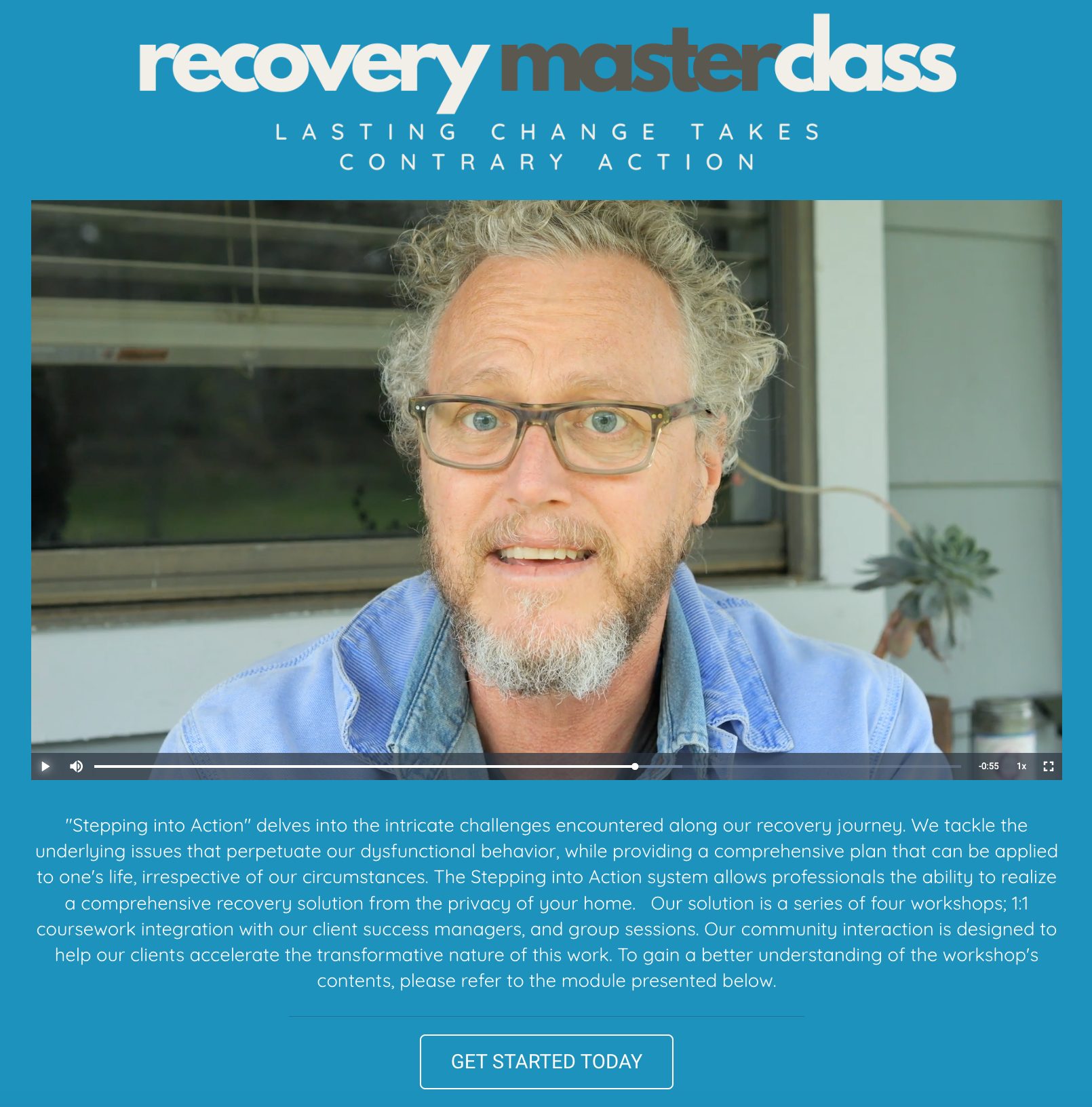Revise Transcript 4 For Clarity Without Removing Detail
Richard Hoffman here. I want to talk a little bit about identity. In the previous module, we discussed personality and identity, and I introduced the concept of vertebral self-elements, each containing components of our "self-stuff," like self-acceptance, self-appreciation, self-determination, self-respect, self- motivation, self-worth, self-esteem, among others. These vertebrates are akin to a spine that helps us manage life's challenges. When we're born, these figurative vertebrates are fluid, like mixing Jell-O, soft and malleable. As we age through our formative years, these structures begin to solidify into our adult selves. If all goes well, we have access to a strong, supportive spine composed of healthy self-elements. However, what happens when things go awry? Dysfunction occurs when personality can no longer access identify effectively, and vice versa, often due to trauma. There are two categories of trauma: acute, typically event-driven traumas such as abuse or abandonment, and more pervasive, repetitive, low-grade trauma, which can be just as damaging over time. To cope, humans often wrap their vertebral self-elements in a protective coating to insulate against the pain. This can be through substances like alcohol or behaviors like isolation or overachievement. This coating, while protective, also prevents the vertebrates from maturing and us from accessing them, leading us to seek validation and fulfillment externally—hence, why someone might constantly seek love or validation from others. In this discussion, I also introduced the four core addictions that emerge from these conditions: security, control, sensation, and suffering, each serving to compensate for the lack of internal fulfillment and exacerbated by the inability to access one's vertebral self-elements. In remediation, it’s crucial to gently peel away the protective layers we've built around our vertebrate self-elements, to expose and heal them, and to restore our ability to access our true selves. This process involves facing and healing from traumas, re-aligning our values, and quite literally learning to stand on our own, drawing strength from a spine of well-defined, healthy self- elements.
© Copyrights by Hofman Hollis, LLC. All Rights Reserved.
